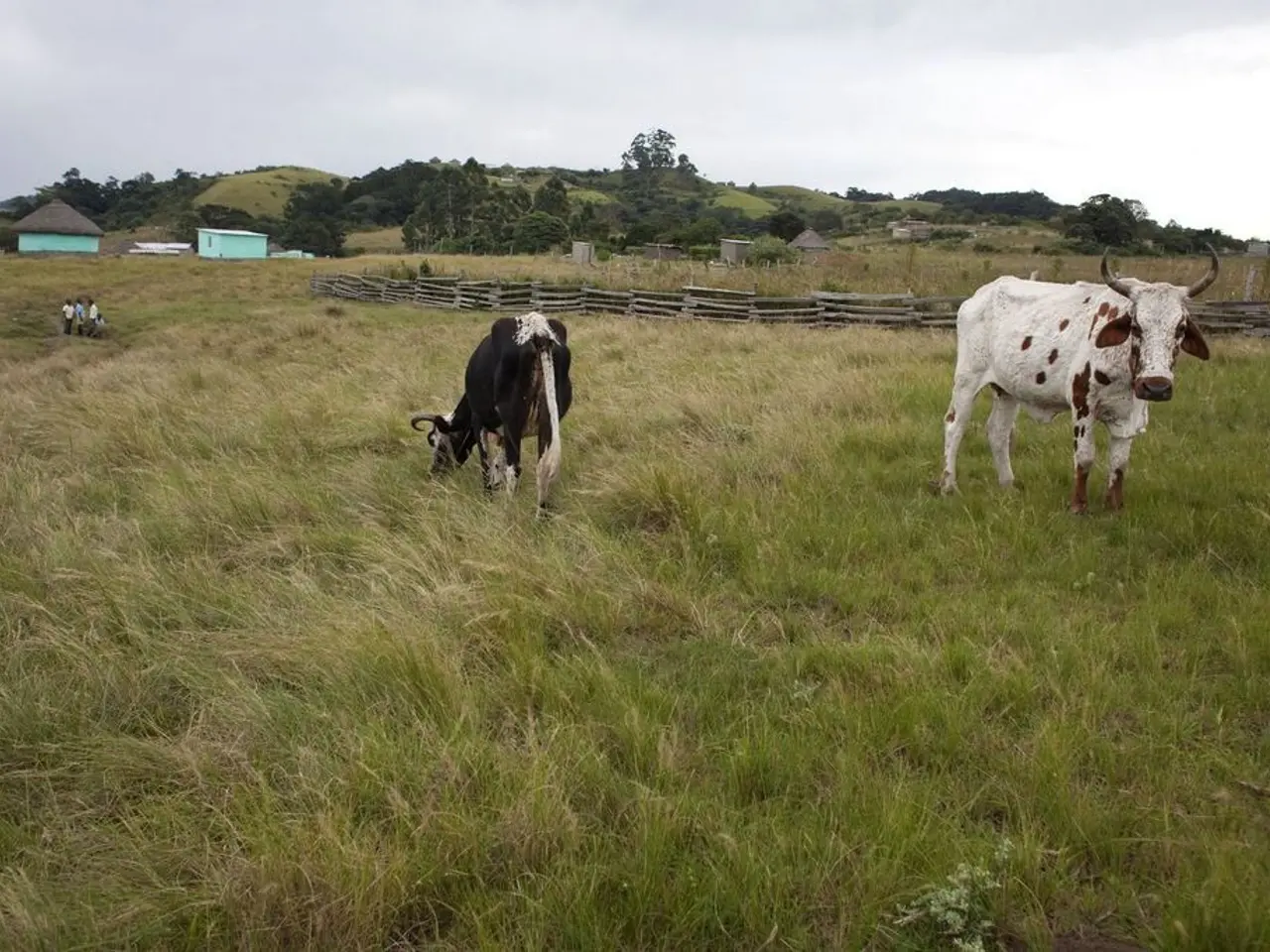Converting Rural Barns into Residential Structures
In a notable victory for Carter Jonas' Planning & Development team, a planning application to convert vacant agricultural barns into seven new homes in the Cambridgeshire village of Horningsea has been unanimously approved by a planning committee.
Emily Grapes, a planner in Carter Jonas' Cambridge office, spearheaded the application process. The scheme, drawn up together with Carter Jonas' rural team led by Tim Jones, managed to gain support despite a local plan policy that restricts residential development to just two units.
The site, located within the Horningsea Conservation Area, adjacent to the Green Belt and open countryside, is 'curtilage listed' due to its proximity to a Grade II listed manor house. Initially, planning officers had reservations about the development due to the brownfield issue, but these concerns were later overturned by the planning committee.
The success of the Horningsea barn conversions can be attributed to several factors. Firstly, the scheme's design retained many of the original detailed design features of the 1880s agricultural buildings and largely retained the buildings' existing footprint. This approach to heritage preservation was recognised and appreciated by the conservation officer.
Secondly, the site is classified as an infill village, which allows for development of up to about 8 dwellings in very exceptional circumstances where it would lead to the sustainable recycling of a brownfield site, bringing positive overall benefit to the village. The local ward councillor saw the potential for the development to help revitalize a central but derelict part of the village.
Local residents, the parish council, and the conservation officer also voiced their support for the application. Despite the initial recommendation for refusal by the South Cambridgeshire Council's planning officers, the planning committee deemed the Horningsea barn conversions suitable.
Colin Brown, head of planning & development at Carter Jonas, commented that good quality conversions like the Horningsea barn conversions should not be passed lightly in the face of a worsening national housing crisis. The completed properties from the Horningsea barn conversions will be marketed by Carter Jonas' Residential division in spring next year.
This case serves as an example of how councillors may approve applications they consider beneficial, overriding initial officer recommendations. It also highlights the flexibility that can be found within local plans, allowing exceptions if other benefits, such as providing housing or reusing redundant buildings, outweigh the restrictions.
- The Horningsea barn conversions, a successful project spearheaded by Emily Grapes and Tim Jones from Carter Jonas, were approved despite a local policy restricting residential development to two units due to the site's classification as an infill village, which allows for exceptional circumstances leading to sustainable development.
- The planning committee deemed the Horningsea barn conversions suitable, overriding the initial recommendation for refusal by South Cambridgeshire Council's planning officers, as the scheme offered benefits including the revitalization of a central village area, the preservation of heritage detailing, and the contribution to addressing the national housing crisis.
- Colin Brown, head of planning & development at Carter Jonas, emphasized the importance of quality conversions like the Horningsea barn conversions, which are crucial in addressing the worsening national housing crisis and introduce sustainable development solutions into the housing-market, real-estate, and finance landscape.




